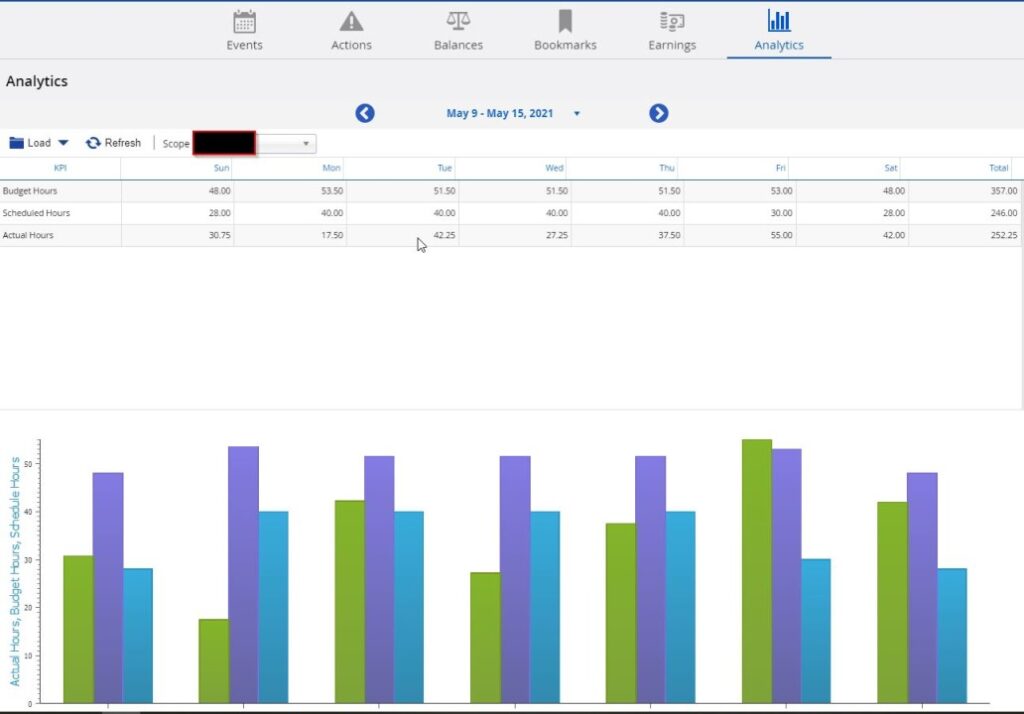
As you embark on the implementation of your new Human Capital Management (HCM) system, or optimizing and refining its configuration, you undoubtedly encounter a substantial checklist of goals and system considerations. These aspects often revolve around tactical considerations, compliance, and the daunting task of migrating data from legacy systems.
During this process, it’s not uncommon to rely heavily on the vendor’s recommendations for foundational configurations such as Organizational Hierarchy, Management and Security Access, Labor Cost Accounting, Employee Self Service features, Operational KPIs, Reports, and Dashboards. After all, the vendor possesses a thorough understanding of the system’s capabilities and how to configure it effectively.
Unfortunately, amidst all these priorities, a crucial aspect often gets overlooked: aligning your organization’s business model with the HCM configuration. Postponing the proper configuration of these features to expedite the implementation and quickly go live with payroll – mistakenly considering the implementation complete is a common situation.
What does it mean to align your HCM with your business model? It entails starting with the fundamental aspects of your business model including labor cost budgeting to ensure alignment from senior leadership to direct managers and employees.
Some examples:
1. Healthcare and Senior Care Model:
In a long-term healthcare and senior care organization, the budget for labor cost is intricately linked to the facility’s occupancy. The number of care providers, nurses, specialists, etc., is calculated based on the number of clients/patients in the facility to maintain compliance and deliver high-quality care. Additionally, the facility’s dining and nutritional requirements are determined by occupancy, dictating the need for meals, cooks, and servers. Similar calculations apply to housekeeping, laundry, and other areas. For acute care facilities, calculations become even more complex. Patient census and acuity drive the level of care requirements, Surgical care, Emergency, Labor and Delivery, etc. all have their own requirements.
2. Retail Model (Applicable to Hospitality, Retail Banking, etc.):
In the retail industry, staffing requirements are determined by customer traffic by location and “departments”, which are forecasted using historical data that accounts for factors like day, time, weather, holidays, advertising, etc.. Each organization has curated insights and institutional knowledge to predict traffic patterns specific to their model. Key Performance Indicators (KPIs) are configured accordingly. This traffic forecast becomes the basis for staffing schedules to ensure proper customer care and coverage.
3. Business Model Data holds Value
Your organization is unique, with its own business model enabling you to budget your staffing requirements and labor cost. When teaching your managers how to use the HCM system for employee scheduling, one core concept is emphasized:
4. “Always start with the budget!”
This empowers managers to have guidelines for determining the required personnel and understanding labor costs.
For many of our clients, we configure the system to display the operational budget in hours and dollars on the scheduling screen and dashboards. This real-time visibility of budget versus scheduled and actual labor costs has brought about transformative results for many client organizations. Please see the example chart and graph above.
By combining this visibility with rules-based scheduling, including compliance considerations, we have managed to reduce manager effort in scheduling by up to 80%, enhance schedule quality, and keep labor costs in line with business model guidelines.
As expressed by one CFO: “This was transformational for our organization.”
The configuration of these features is dependent on several factors, including:
- Organizational Hierarchy
- Management
- Security Access
- Labor Cost Accounting
- Operational KPIs
- Reports
- Dashboards
Your HCM system serves as the source of truth for employee and Human Resources information, Payroll, Workforce Management, Labor Cost, Benefits, and talent modules such as Onboarding, Learning, Performance, Compensation, etc.
With the alignment of Onboarding, Learning, and HR Data users can unlock even more capability. Incorporating specific training and certification requirements for positions during the Onboarding process allows the system to perform verification of certifications and skills before assigning or scheduling employees for specific jobs. The system can issue alerts or prevent scheduling if employees lack the necessary qualifications.
For a more in-depth discussion of your HCM requirements and how AES (Automated Employee Systems) can help and guide your implementation, data conversion, optimization, support, guidance, and consulting, please contact us for a no obligation discussion of your options.